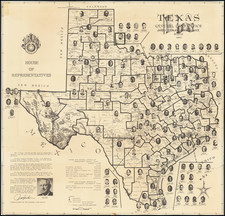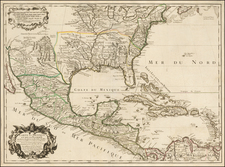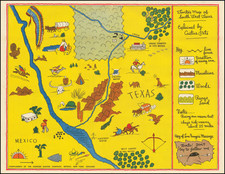One of the Most Important Early Maps of Texas
David Burr's map of Texas, one of the two most important maps of Texas on the eve of its independence.
The map is of the utmost importance in the history of Texas, both as an early milestone in its development and as one of the earliest useful guide maps to the region. Of the 5 recorded states of the map (1833, 1834, 1835, 1845 and 1846), the 1833 is the rarest, with only a handful of copies known in American institutional collections. For example, the Libarry of Congress and most major Texas collections do not include this first state.
Of the 5 recorded states of the map, the 1833 is by far the rarest, with only a handful of copies known in American institutional collections. For example, the Libarry of Congress and most major Texas collections do not include this first state.
David H. Burr studied law, passing the New York Bar Exam, and then surveying under Simeon DeWitt in New York. His first atlas was an atlas of New York State (1829), the second state atlas to be issued in the US (after Mills’ Atlas of South Carolina in 1826). In the 1830s, he served as the official topographer for the US Post Office, producing a series of rare and highly sought-after large-format state maps. He also created a map of the country’s postal routes, which features roads, canals, and railroads. Burr traveled to London to work with John Arrowsmith; together, they produced the American Atlas in 1839.
Upon his return to the States, Burr was appointed as a draftsman for the House of Representatives, where he worked until ca. 1841. He later worked for the Louisiana Survey and the Florida Survey. By 1850, he was back in Washington D. C., working on the census. In 1852, the Senate named Burr as the draftsman to compile maps from the Federal Surveys. In 1853, Burr traveled to San Francisco, perhaps as part of his work for the Senate. He was then named as the Surveyor General of Utah in 1855. However, he was unpopular there and returned to Washington D. C. by 1870. Burr is widely regarded as one of the most important names in the nineteenth-century American history of cartography.









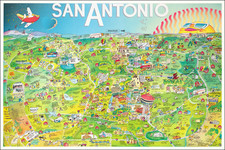
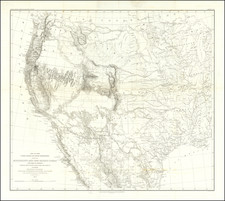
![(Texas and California) The Whig Almanac and United States Register for 1843 [bound with:] The Whig Almanac and Politicians' Register for 1845 [bound with:] The Whig Almanac, and Politicians' Register for 1846 [with maps of Texas and Oregon] [bound with:] The Whig Almanac: 1847.](https://storage.googleapis.com/raremaps/img/small/87041.jpg)
